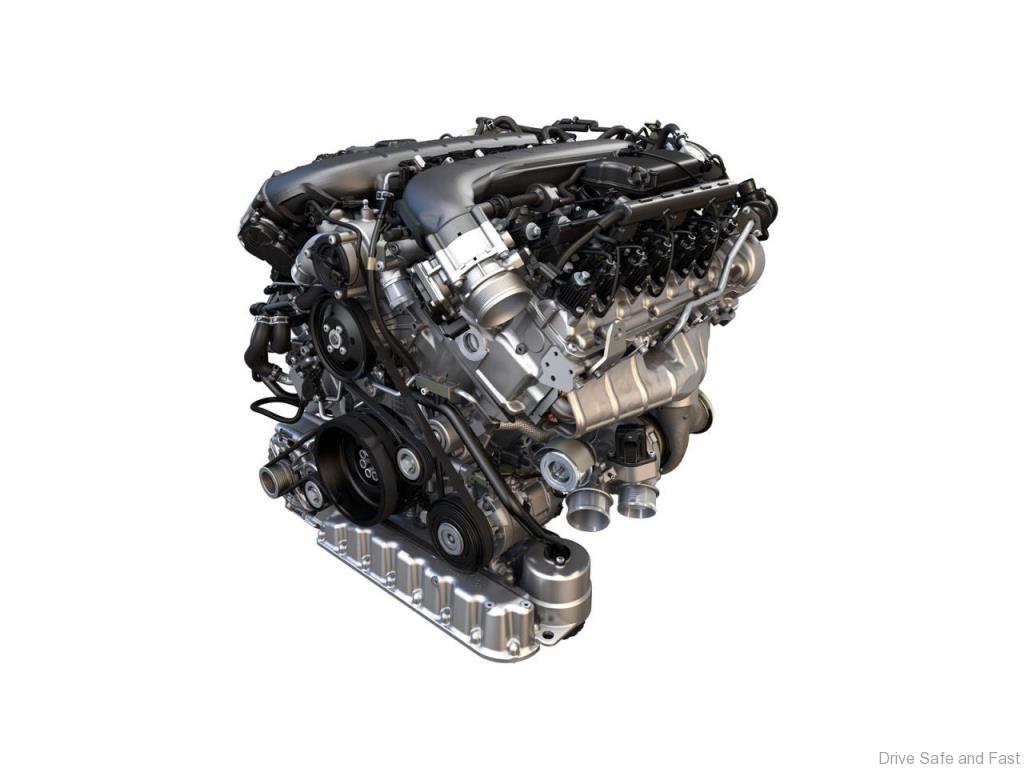Volkswagen have come up with a new 12-cylinder engine in a W layout. We have seen quite a few W12 engines across VW Group’s brands, but this is the first time the Volkswagen brand itself has come up with one that wears the TSI badge, and what’s more it was made from scratch, meaning that unlike some its rival engines, it’s based on newer technology that makes it more efficient.
Building the new 6 litre, twin charged engine required developing new cylinder bores with APS coating, an oil circuit suitable for off-road use with a switchable oil pump, a cooling system with integrated temperature management, dual fuel injection with high pressure direct and low pressure manifold injection, twin-scroll biturbo charging, individual cylinder bank deactivation, engine management with two controllers as well as a start/stop system that reduces fuel consumption and emissions.
The oil circuit used indicates that VW Group could push this engine along as an option for the upcoming Bentley Bentayga. It’s probably not a coincidence that Bentley released a video showcasing some interior shots of the Bentayga less than a day ago too.
What further indicates its use in a Bentley is the amount of effort that goes into refining the smoothness of the W12 TSI engine. To reduce harshness of the motor, adaptive engine suspension with hydraulic basic damping is used. Electromagnetic actuators counteract vibrations induced by the engine by using phase-shifted counter-vibrations, working similarly to active noise cancelling headphones.
Various technological elements were used make the new W12 TSI the most economical and efficient 12 cylinder engine available. Make no mistake, it’s still very powerful. CO2 emissions of less than 250 g/km is easily attainable yet it’s still able to deliver 608 PS at 6000 rpm and a maximum torque of 900 Nm at ranges of 1500 to 4500 rpm.

There might be a variety of uses for such an engine, but on some of the sport-oriented models, this 6.0 litre behemoth ought to be able to propel the car its in to 100km/h from a standstill in less than four seconds, and top out at well over 300 km/h.







